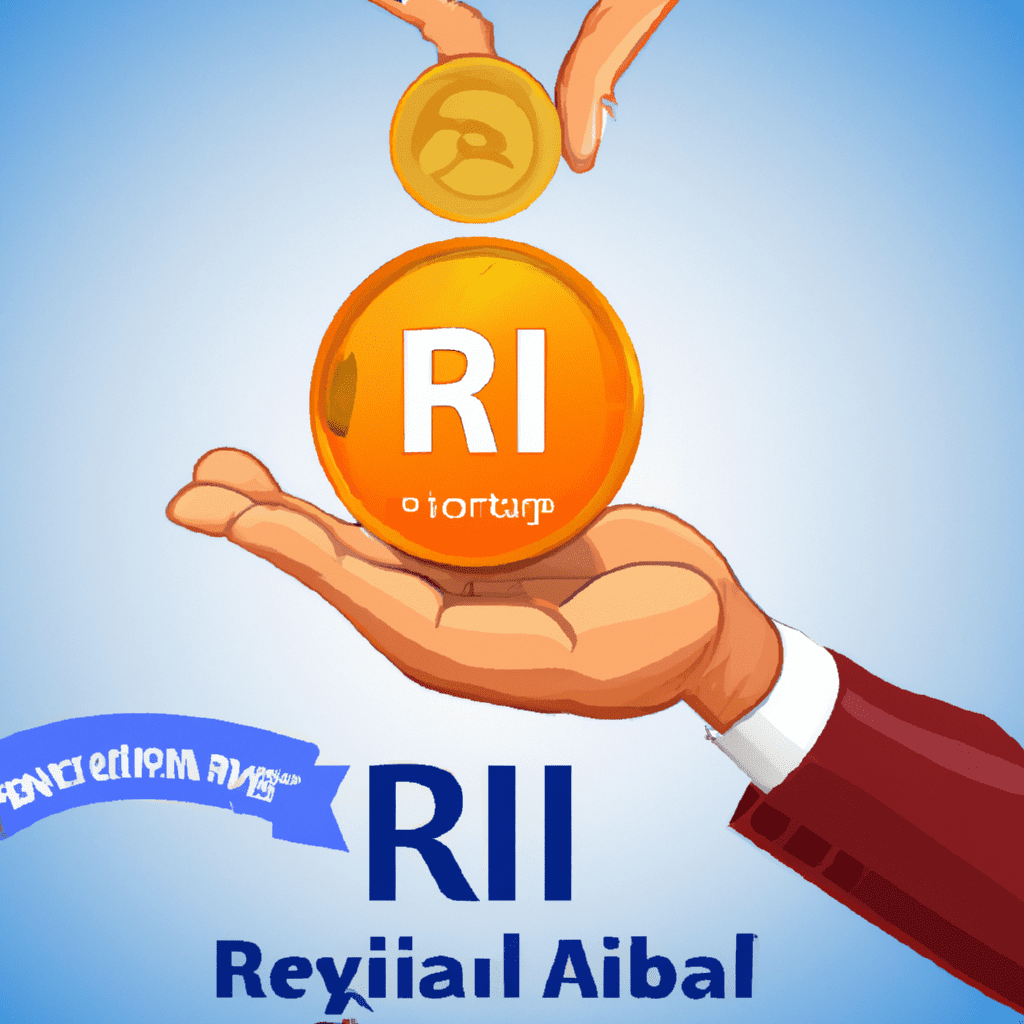RBI Surprises with a Record ₹2.70 Lakh Crore Dividend to the Government – A Whopping 27% Increase from FY24 – Shlok’s Automation
The Reserve Bank of India (RBI), the nation’s central banking institution, has announced a record dividend payout to the Indian government. The apex bank is set to pay ₹2.70 lakh crore for the financial year 2025, marking a sizeable 27% increase from the previous financial year. This substantial payout has caught the attention of economists, market watchers, and the general public alike, given its potential implications for the country’s fiscal health.
An Unprecedented Dividend Payment
The RBI’s dividend payment to the government is not a new occurrence. The central bank has been making such payments annually. However, this year’s payout is unique in its magnitude. At ₹2.70 lakh crore, it marks the highest ever dividend disbursed by the central bank.
The jump in the dividend is primarily due to the RBI’s surplus. The RBI generates income from various sources, such as interest on government securities, foreign exchange transactions, and lending to banks. The surplus generated after accounting for all the expenses is transferred to the government in the form of a dividend.
The Significance of the Increased Dividend
The increased dividend has several implications, both for the government and the country’s economy.
Bolstering Government Finances
Firstly, this mammoth payout will significantly bolster the government’s finances. The Indian government has been grappling with the challenge of funding its various welfare schemes and infrastructure projects without straining its fiscal deficit. The increased dividend from the RBI will provide much-needed relief in this regard.
Impact on Fiscal Deficit
Secondly, the higher dividend could help in containing the fiscal deficit. The fiscal deficit is the difference between the government’s total income and total expenditure. It has been a concern for the Indian economy, with the government striving to keep it within manageable limits. The increased dividend from the RBI could help narrow this gap.
Possible Reduction in Market Borrowings
Thirdly, the higher dividend could potentially reduce the government’s need for market borrowings. The government often resorts to borrowing from the market to fund its deficit. However, excessive borrowing can lead to higher interest rates and debt servicing burden. The increased dividend could lessen the government’s dependence on market borrowings.
The Road Ahead
While the increased dividend is undoubtedly good news for the government, it also presents certain challenges. The key challenge is the sustainable generation of surplus by the RBI. The central bank’s ability to generate such a large surplus will depend on various factors, including the performance of the economy and the global financial environment.
Additionally, the government’s use of this windfall will be closely watched. The optimal utilization of these funds towards productive investments and welfare schemes will be critical in driving economic growth and development.
In conclusion, the RBI’s record dividend payout presents a unique opportunity for the government. It provides much-needed fiscal breathing space and can potentially reduce the fiscal deficit and reliance on market borrowings. However, it also underscores the need for prudent fiscal management and sustainable surplus generation by the RBI. It’s a promising development, but one that calls for careful navigation in the times ahead.
Anurag Dhole is a seasoned journalist and content writer with a passion for delivering timely, accurate, and engaging stories. With over 8 years of experience in digital media, she covers a wide range of topics—from breaking news and politics to business insights and cultural trends. Jane's writing style blends clarity with depth, aiming to inform and inspire readers in a fast-paced media landscape. When she’s not chasing stories, she’s likely reading investigative features or exploring local cafés for her next writing spot.





